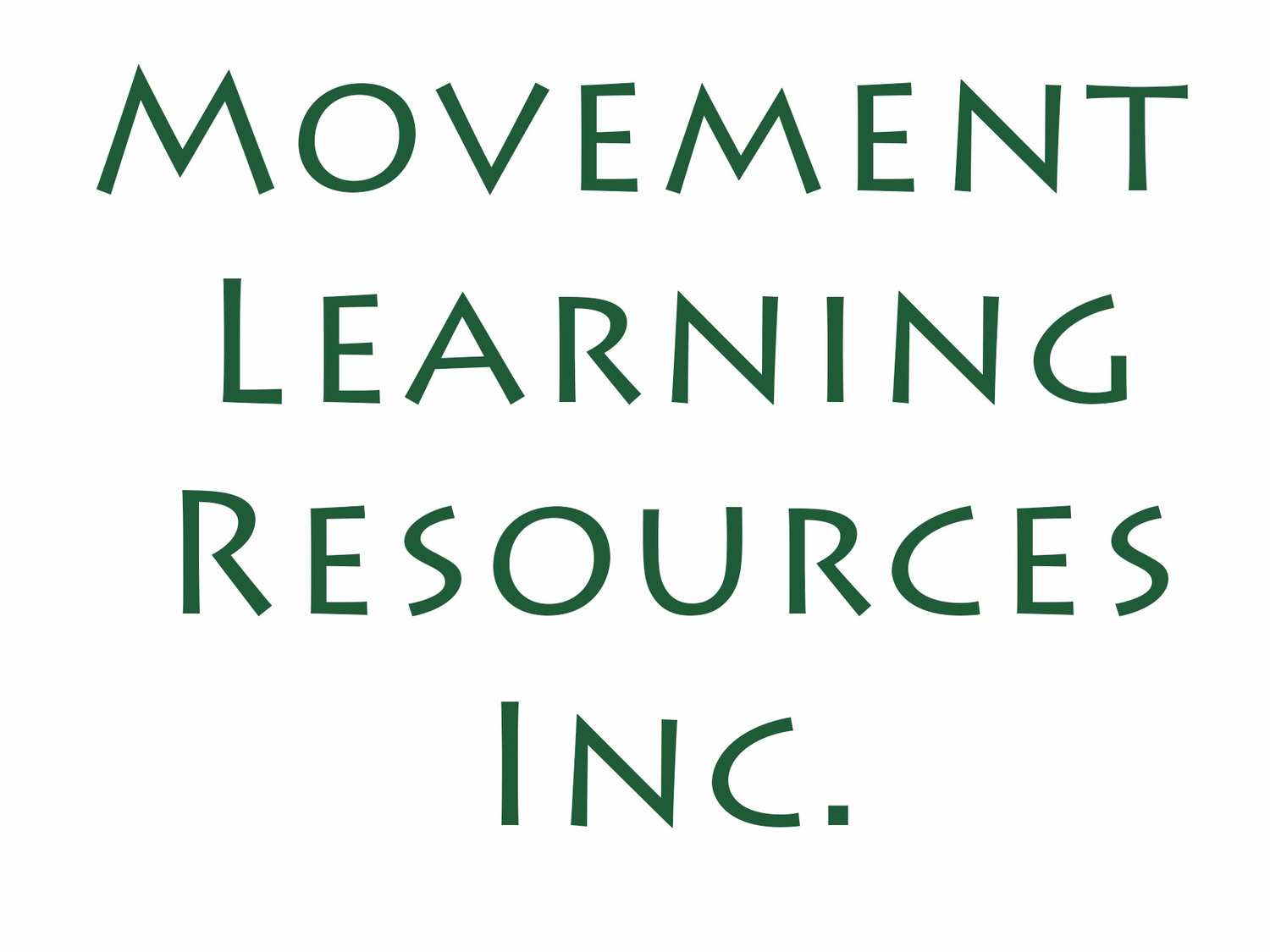Feldenkrais work is done either in groups or with individuals. Group lessons are called Awareness Through Movement ®(ATM) and use verbal instructions to develop perception and awareness through a series of movements. Lessons may be done sitting, lying on the floor or standing. A lesson generally lasts about 60 minutes and consists of comfortable, easy movements that gradually evolve into greater range and complexity.
Private lessons, known as Functional Integration ®(FI), are available by appointment.
The hands-on individual lessons, like the classes, are quiet, gentle and slow moving. Lessons are done fully clothed, usually lying down on a low table, but also in sitting, standing, or whatever position is most useful.
Awareness Through Movement classes are slow, quiet, deep explorations of our inner experience of moving. They are part of the work developed by the Israeli physicist, Moshe Feldenkrais, DSc. There is a great richness of inner felt experience that is much like observing the stars or listening to music. Just as it takes becoming skilled at moving with a piano or a guitar to play great music, we can use these ATM lessons to learn to move more easily through life itself.
Most movement training such as Yoga or TaiChi are based in learning certain forms which you develop further by bringing your sensing to it. The Feldenkrais Method uses variation and inquiry to develop kinesthetic awareness. It is the same skill at curiosity and sensing that you used as a baby to figure out how to roll, stand, and walk without anyone telling you the right way to do it. We have a deep biological need to be easy and efficient when moving. Children have a great time learning new things. However, over time we become habituated to doing things the same way...whether it still works well or painlessly or not. As adults, we often think we want an expert to model or tell us how to do 'the right thing'.
Although there are ways of engaging with the environment (ie. gravity, orientation) that are easier and more functional, the process is one of compassionate inquiry. As Moshe said "To correct is incorrect." Each student's history, sensory world and learning process is different. By sensing smaller distinctions and feeling the whole self, what is already possible becomes even easier. You do get more of what you pay attention to!
"Attention is [for us] like water and sunshine for a plant. What we pay attention to grows, and what we don't pay attention to withers." Christine Caldwell
You can discover that you still have that brilliant brain for learning to move easier, efficiently, more comfortably at whatever interests you.
“Be yourself, everyone else is already taken”
Class Photography by Renato F De Araujo
Nature Photography by Anna Johnson Wolf





